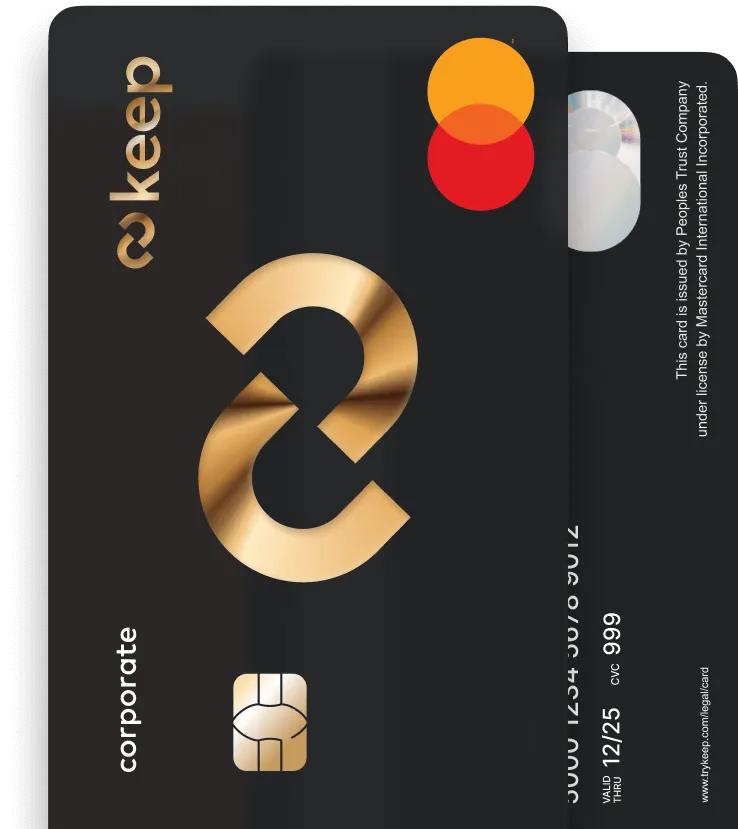How to Switch to Single-User Mode in QuickBooks: A Complete Tutorial
Switching to single-user mode in QuickBooks is a common requirement for tasks that necessitate exclusive access to the company file, such as performing backups, running certain reports, or making administrative changes. While QuickBooks is generally intuitive, switching between multi-user and single-user modes can sometimes present challenges. This blog post will guide you through the process of switching to single-user mode in QuickBooks, address common issues, and offer solutions to potential problems.

Understanding QuickBooks User Modes
QuickBooks operates in two primary modes, each serving different purposes and functionalities:
- Single-User Mode: This mode allows only one user to access the company file at a time. It is essential for tasks that require exclusive access, ensuring that no other user can make changes that might disrupt the process. This mode is typically used for critical operations such as performing backups, running specific reports, making structural changes to the company file, and importing or exporting data.
- Multi-User Mode: In this mode, multiple users can access the company file simultaneously. It is ideal for collaborative environments where different team members need to work on the file at the same time. This mode facilitates teamwork and efficiency but requires careful management to prevent conflicts and ensure data integrity.
Switching between these modes is necessary depending on the task at hand. For instance, when performing a data backup or making significant changes to the company file, switching to single-user mode is imperative to prevent data corruption and ensure the accuracy of the operation.
Steps to Switch to Single-User Mode
Switching to single-user mode in QuickBooks is a straightforward process, but it requires that all other users log out of the company file. Here’s a detailed step-by-step guide on how to do it:
Step 1: Notify All Users
The first step is to inform all users currently logged into QuickBooks to save their work and log out. This step is crucial because QuickBooks will not switch to single-user mode if others are logged in. Clear communication is essential to ensure that everyone understands the importance of logging out and the potential consequences of not doing so.
Step 2: Access QuickBooks as Admin
Ensure you are logged in as the administrator. Only the admin user has the privileges to switch modes. If you are not the admin, you will need to contact the person who has admin rights to perform this task.
Step 3: Navigate to the File Menu
- Open QuickBooks and go to the File menu.
- Select "Switch to Single-User Mode" from the dropdown. This option is usually straightforward to find, but if you encounter any difficulties, refer to the QuickBooks help section or contact support for guidance.
Step 4: Confirm the Switch
QuickBooks will prompt you to confirm the switch. Ensure that you have saved all necessary work before proceeding. This step is critical as any unsaved work might be lost during the transition.
Step 5: Wait for the Transition
QuickBooks will process the switch. This may take a few moments, especially if the company file is large. Be patient and avoid interrupting the process to prevent any potential issues.
Troubleshooting Common Issues
Switching to single-user mode can sometimes encounter issues. Here are some common problems and their solutions:
User Lock Errors
You might receive a message indicating that another user is logged in, even when they are not. This error can occur if a user has not logged out properly or if there is a glitch in the system. To resolve this, ensure all users have logged out completely. Sometimes, QuickBooks may not recognize that a user has logged out if they simply closed the application without logging out. Restart QuickBooks and attempt the switch again, as this can often resolve minor glitches. If the problem persists, check for any background processes related to QuickBooks and end them. Use the Task Manager to identify and close any lingering processes.
QuickBooks Crashes or Freezes
QuickBooks may crash or freeze when switching modes. This can be due to various factors, including software bugs, insufficient system resources, or corrupted files. Updating QuickBooks to the latest version can often resolve such issues, as updates include bug fixes. Regular updates are crucial for maintaining software performance and security. Additionally, running the QuickBooks Repair Tool can fix any corrupted files, as this tool is designed to identify and repair issues within the software. Ensure your system meets the minimum requirements for running QuickBooks, as insufficient resources can cause crashes. Consider upgrading your hardware if necessary.
Network Issues
Network problems might prevent the switch to single-user mode. Network configuration and connectivity issues can hinder the transition process. Ensure that your network setup is correct and that the QuickBooks Database Server Manager is running. This server manager is essential for managing multi-user access and ensuring smooth transitions. Check your network permissions to ensure that the QuickBooks file is accessible, as incorrect permissions can block access and cause errors. Restart your router or network devices if necessary, as sometimes a simple restart can resolve connectivity issues.
Data Damage
Data corruption can prevent switching modes. Data integrity is critical, and corruption can lead to significant problems. Use the Verify and Rebuild Data tools in QuickBooks to check for and repair data issues. These tools are designed to identify and fix data corruption. Regularly back up your data to prevent loss in case of corruption. Regular backups are a best practice that can save you from data loss and ensure business continuity.
Best Practices for Switching Modes
To ensure smooth transitions between user modes, consider the following best practices:
- Regular Updates: Keep QuickBooks updated to the latest version to benefit from performance improvements and bug fixes. Regular updates are essential for maintaining software efficiency and security.
- Consistent Backups: Regularly back up your company file to prevent data loss during transitions. Backups provide a safety net and allow you to recover data in case of corruption or other issues.
- Clear Communication: Establish a protocol for notifying users about mode switches to minimize disruptions. Clear communication ensures that everyone is aware of the process and can prepare accordingly.
- Monitor System Performance: Ensure your system has adequate resources to handle QuickBooks operations, especially in multi-user environments. Monitoring system performance can help identify potential issues before they become critical.
- Training and Support: Provide training for users on how to properly log in and out of QuickBooks and how to handle common issues. Having knowledgeable users can prevent many common problems and ensure smooth operations.
Conclusion
Switching to single-user mode in QuickBooks is a necessary step for performing certain tasks that require exclusive access to the company file. While the process is generally straightforward, issues can arise, particularly in networked environments with multiple users. By understanding the importance of user modes and implementing best practices, you can create a more efficient and reliable QuickBooks environment.
This not only enhances productivity but also ensures the security and integrity of your financial data. Remember, proactive management and regular maintenance are essential components of a successful QuickBooks strategy. With these tools and techniques, you can navigate the complexities of QuickBooks with confidence and ease.
Sources: [1] https://community.spiceworks.com/t/why-my-quickbooks-will-not-switch-to-single-user-mode-2024/1078089 [2] https://qbdataservice.hashnode.dev/troubleshooting-quickbooks-crashes-when-switching-to-single-user-mode [3] https://quickbooks.intuit.com/learn-support/en-us/other-questions/user-lock-when-switching-to-single-user-mode/00/1103406 [4] https://quickbooks.intuit.com/learn-support/en-us/other-questions/switching-between-from-multi-user-to-single-user-gives-errors/00/966687 [5] https://www.kitsapnetworking.com/post/quickbooks-best-practices [6] https://quickbooks.intuit.com/learn-support/en-us/other-questions/switching-to-single-user-mode/00/1466601 [7] https://quickbooks.intuit.com/learn-support/en-us/account-management/switch-to-single-user-mode/00/1232798


Get Your Keep Card
Apply online for a Keep Business Mastercard in just 8 minutes - with approvals in 72 hours or less.



